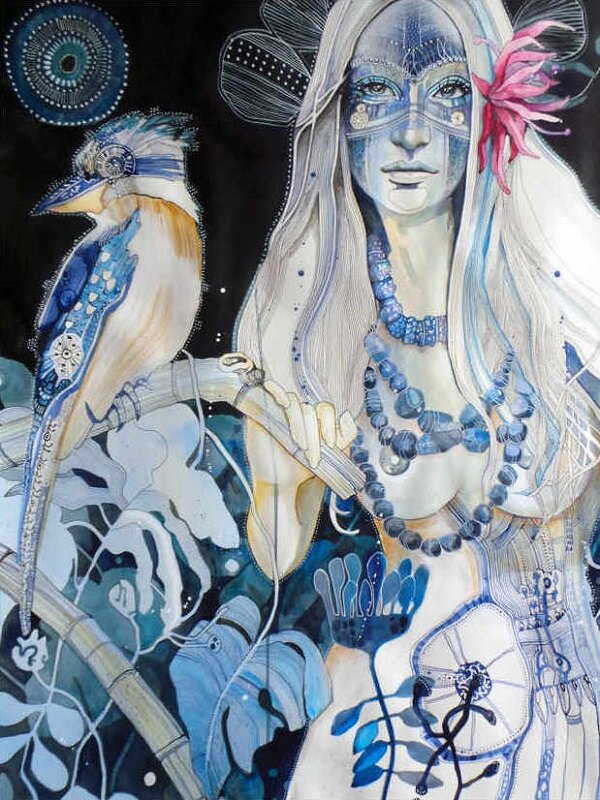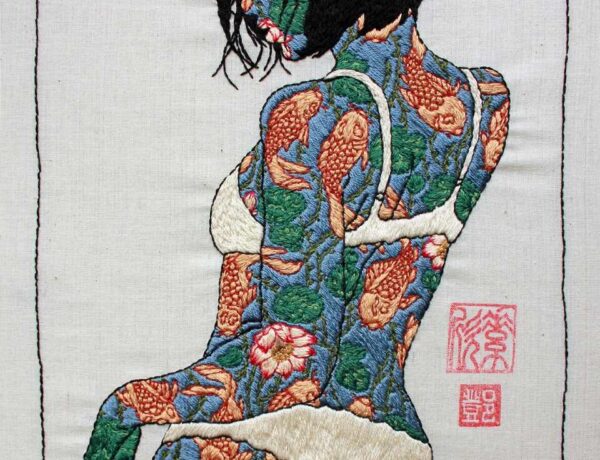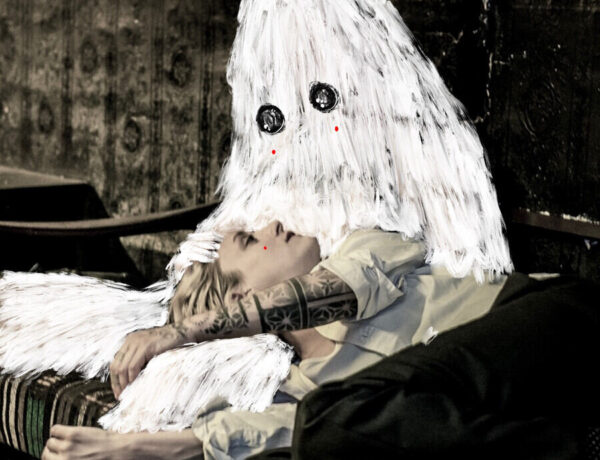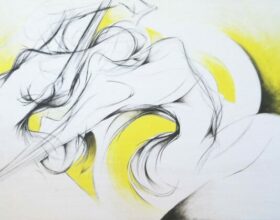The Quick Q & A editorial in Beautiful Bizarre Magazine is a much loved regular feature, in which we ask 6 artists the same 4 questions. In the September 2021 Issue 34, these were the Quick Q & A questions:
- What barriers have you had to overcome to get to where you are as an artist today?
- Is there a piece of feedback (positive or negative) that you’ve received that continues to drive you?
- In the midst of the Covid-19 pandemic, has your creative profession felt like a blessing or a burden [and why]?
- How do you develop your imagination as an artist?
We feel that the artists’ responses provide such a valuable insight for our community of artists that we wanted to share one Quick Q & A response from each issue with you, going forward. The September 2021 Issue 34 print issue is sold out, but you can download the digital magazine via our webstore to read more. To ensure you never miss an issue again, you can also subscribe to Beautiful Bizarre Magazine, and have each issue sent straight to your door each quarter.
Excerpt from Issue 34 // September 2021 Quick Q & A editorial: Artists Kelsey Bowen, Stéphanie Kilgast [Sculpture Award Finalist, 2019 Beautiful Bizarre Art Prize], Paul Neberra [Honourable Mention, 2020 Beautiful Bizarre Art Prize], Daria Aksenova, Feral Plains, and Sharon England respond to the below Quick Q & A:
What barriers have you had to overcome to get to where you are as an artist today?
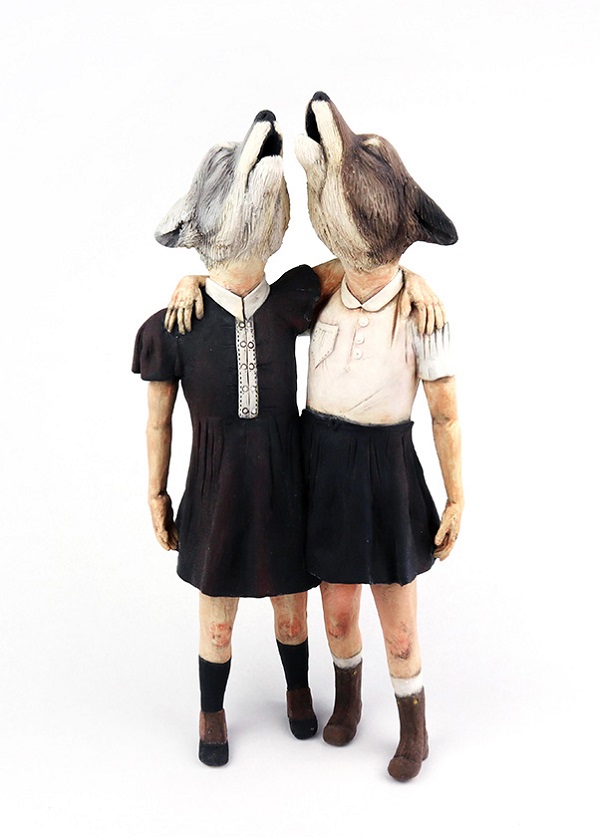
“Balancing mental health and a consistent studio practice is a repetitive process for me. Some days, everything feels possible and I’m applying for new chainsaws to juggle. Other days, a single finished sculpture feels like a personal testament to my ability to keep my head above water. I don’t believe that I’ve overcome the struggle between a good and bad day, but rather continue to overcome it each time I show up back at the workbench and create something new. It’s funny to feel stressed out creating work that I often make to vent about being under stress. It’s like chasing my tail and hoping that when I catch it I’ll understand myself better. I’m infatuated with the chase and just keep spinning.”
Stéphanie Kilgast
“Not having any contacts in the art world was the hardest to overcome, and I am still struggling with that. I didn’t go to art school, and I don’t belong to any local, national or international art group. I also live in a small town in France. Contacts with galleries have mostly been through a mixture of luck and consistent work. I still have almost no connections in France. But simply reaching out to galleries is more or less pointless unless you already know them or someone they work with talks about you to them. I think that’s the biggest hurdle in fine art, but also in life in general, is to know the right people.”

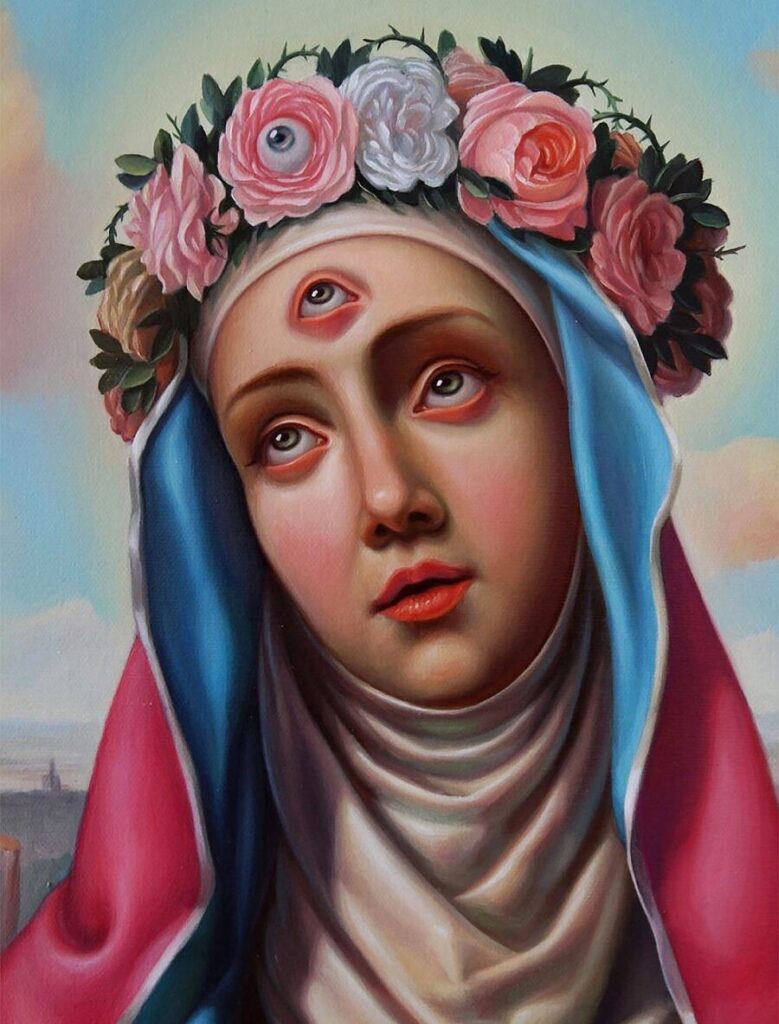
“One of the first barriers was certainly fear. I have always loved to draw and paint since I was a kid. It was always my favourite way to spend time, but it took me ten years working as a designer and software teacher after my degree before I decided to dedicate myself to becoming a full-time artist. Not saying that I was not passionate about my day job back then, but I guess I was trapped in the idea of safety. Above all, I needed to overcome all the stigmas that society creates around the art world and making your living as an artist. I still struggle many times with these misconceptions.”
“One of the significant hurdles I had to overcome was time management and learning to say “No”, as I struggle with work-life balance. When I first started, I was so excited to take on any commission or project that came my way. I routinely overworked myself and went through frequent burnout cycles, making it increasingly difficult to maintain my quality standard and stay physically healthy. Now I try to think critically about each opportunity before I take it on. How will this benefit me long term? Is this reflective of who I am and the messages I try to convey through my art? These are essential questions when I consider what legacy my body of work will leave behind.”

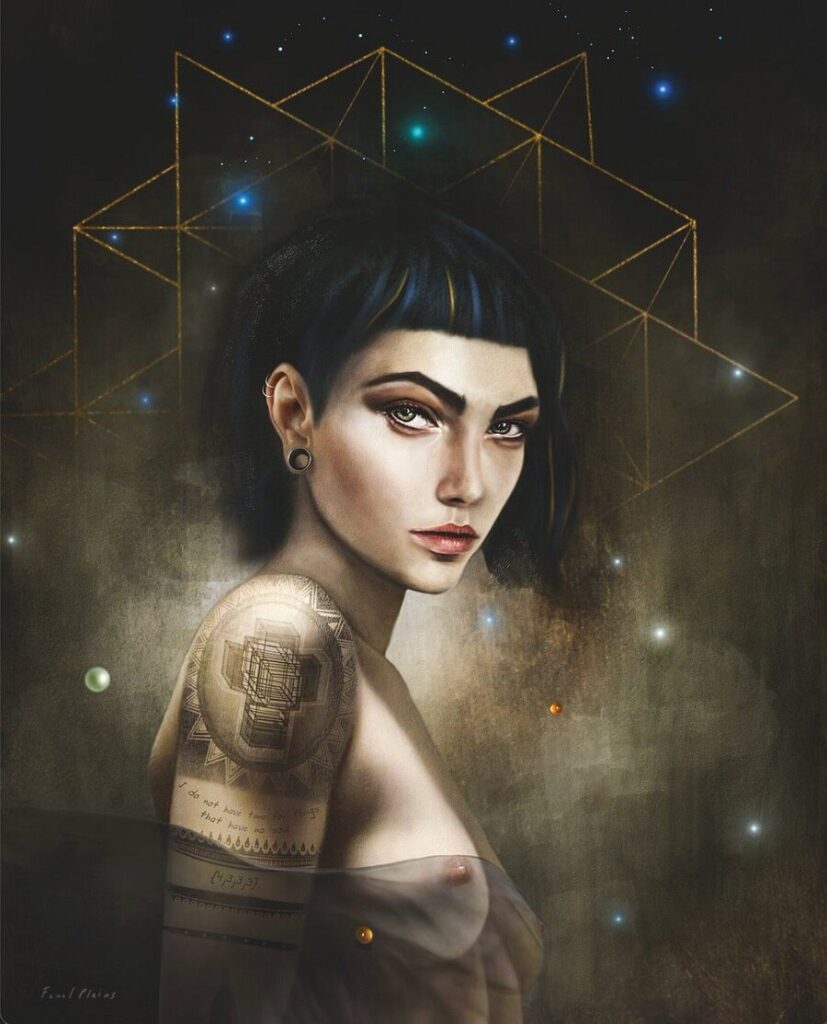
“The very powerful idea that a human being is measured by our economic value; that we’re workers in an industrial production line. Making art is seen as a luxury, excess, not as a valid career path. But art is a necessity. It redeems a sense of loneliness, but in a much more dignified way. It’s a prettier way to cope with the darkness of life. It gives you the mental strength to believe that what you create is meaningful enough, unique enough to add and exist in this world. E.E. Cummings wrote: “To be nobody but yourself, in a world which is doing its best, night and day, to make you everybody else, means to fight the hardest battle which any human being can fight and never stop fighting.”
“Fear is definitely the biggest barrier I have had to overcome as an artist. I started my art career very late – at 48 years old. I’d just come through a whole heap of family trauma and a marriage break up and, I was terrified I would not be able to support myself financially. But ultimately, my fear of never having the courage to try and realise my dream of being an artist was even more scary than not being able to make any money. I have this weird sense that there is this amazing painting inside of me and my job is to make sure it arrives into the world before I die. I couldn’t bear the thought of not fulfilling that potential.”
